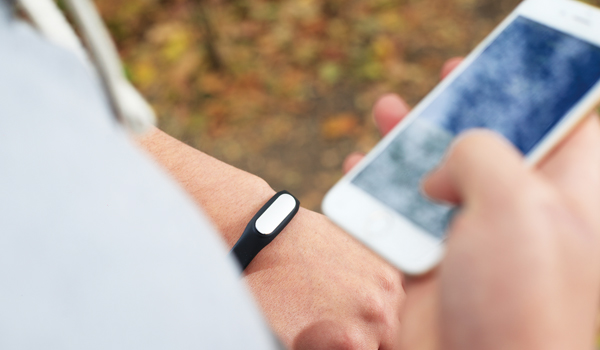Next step in facial composite construction
Reliable eye-witness testimony and facial identification are important factors for an investigating officer, but when the offender is unknown, how do you get that first all-important lead?

Reliable eye-witness testimony and facial identification are important factors for an investigating officer, but when the offender is unknown, how do you get that first all-important lead?
This is the purpose of the facial composite or E-FIT a likeness to an offender generated by an officer under the guidance of the witness or victim.
E-FITs require a witness to work with a specially-trained officer who interprets the witnesss description of the suspects facial features and pieces together a likeness.
They can be very successful when the witnesss memory of the specific facial features is good but research has shown that many people, whilst able to recognise faces perfectly well as a whole, are not able to accurately describe the facial features of even close relatives or people they have known for many years. In other words, most human-beings tend to perceive faces holistically rather than as a set of isolated parts.
A new software product, EFIT-V, looks set to play an important role in the future of facial ID. It promises better facial composites by exploiting this holistic processing. The result of a collaboration between the software developers VisionMetric, the Police Standards Unit (Home Office) and several UK forces, EFIT-V has now been used with considerable success by Derbyshire and Leicestershire forces.
Derbyshire reported a 100 per cent plus increase in useful intelligence gained as a result of using the EFIT-V system (see IPJ, January 24, 2008) and a number of other forces have recently taken on the system.
EFIT-V produces near photo-realistic images in full colour and is proving to be quicker and easier to use than previous methods. The system works by allowing a witness to view examples of computer-generated faces and identify those which are both good and poor a task the majority of witnesses find relatively simple. Through these simple choices, the software gradually evolves towards an increasingly accurate likeness.
The system also features a number of powerful tools to help the witness accelerate this process these include warping tools for subtly adjusting the shape and appearance of features, automatic aging and a dynamic overlay tool which can apply highly realistic textures such as wrinkles, bags, the appearance of gauntness and many other effects to a face.



